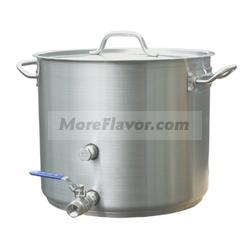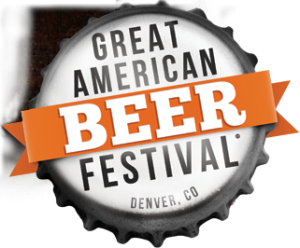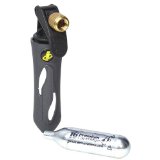Cleveland Beer Week is upon us, with dozens of great breweries descending upon Cleveland in a host of locations throughout the city. Jammin’ brews will be available from East to West in our fair City of Cle, from XYZ Tavern to the Cedar Lee–and from North to South.
Love Stone Brewing Co? Great Lakes? Hoppin Frog? Fat Heads? They’re here. 21st Amendment? Dogfish Head? Smuttynose? Sierra Nevada? They’re here. Beer will be flowing and locations will be hoppin–literally in a whole slush of senses.
If you love beer, this coming week is a GREAT week to be in Cleveland. I’m definitely going to find a way to get away from the children, out of the house, and hit a few locations for some frosty pints!
For more information including events, breweries, and locations check out http://www.clevelandbeerweek.org/



